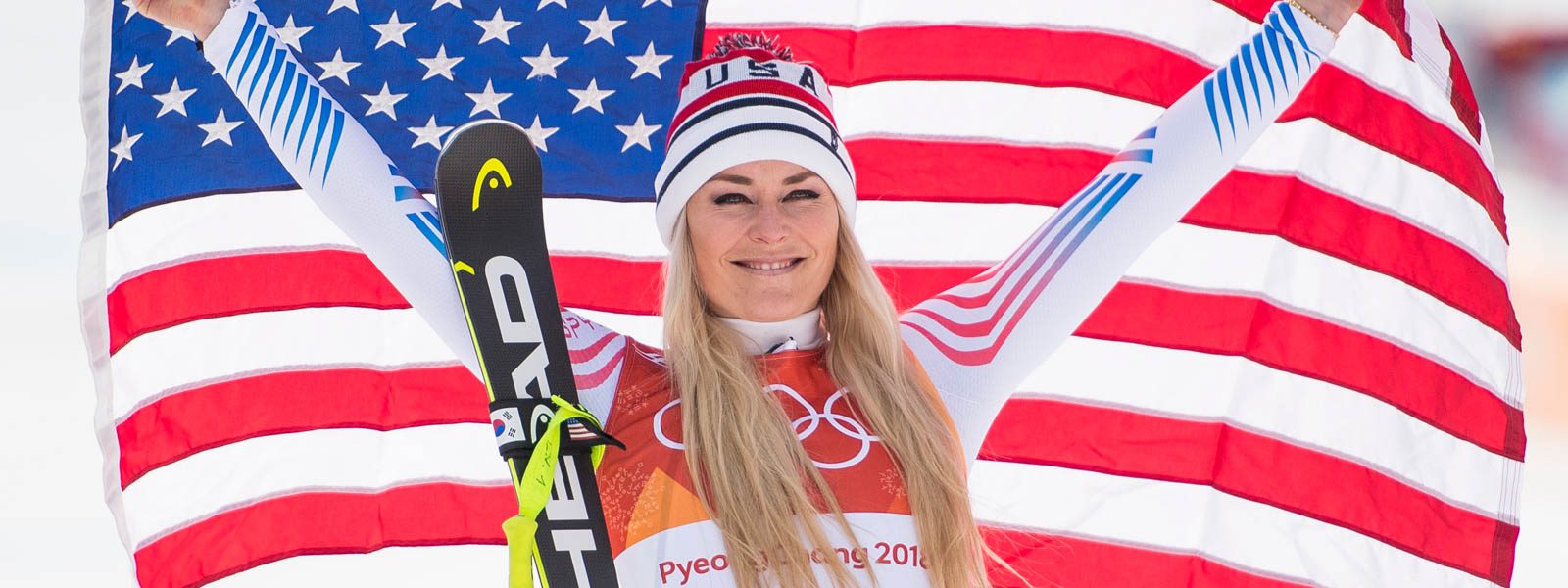USSS Alpine coaches’ development
Photo: Ron Kipp and Ron LeMaster
USSS coaches’ education has always been integral to our NGB development structure. Besides solid organization, seminars, lectures, Alpine Academy, meetings and newsletters, the Park City office has steadfastly educated coaches. The many USSS directors of coaches’ education were well-respected and educated individuals. Curt Hammond, Bob Harkins, Tim LaVallee, Tim Ross, Finn Gundersen, John Nolting, Jon Casson and Gareth Trayner diligently pursued their “Inform and Educate” mission nationally. The Covid era impacted many small businesses and perhaps coaches’ education; however, the Park City office currently exists without a USSS director of coaches’ education.
However, the USSS Sports Education department continually updates and develops new coaches’ education courses. The recently released Alpine Guide to Ski Fundamentals is receiving acclaim.
Thanks to Ron Kipp, there has been a consistent continuing educational effort in the Far West Division. Notably, his coaches’ seminars are respected and well-attended.
The highlight of the Far West parent foundation effort has been the publication of a relatively small booklet of pictures and race sequences produced to benefit young ski racers. The booklet gained attention for its clarity and simplicity. Markedly, several European NGBs obtained copyrights and quickly distributed the publication among their members.
The booklet is very descriptive, reminiscent of a “primer,” and that is where the genius of the concept lies – descriptive and straightforward, accompanied by Ron LeMaster’s pictures.



Tower of Babel
In 2008, USST introduced the phrase “deep into the turn.” The phrase quickly gained acceptance and became. a part of the standard coaching vocabulary. Recently, I randomly asked five young coaches to define the phrase. To my surprise, I got five different interpretations!
Using different wording for the same task could be appropriate for elite athletes but confuses the fundamentals of the learning process of young developing athletes.
What we have in place
We (coaches) can explain the physics involved in skiing using Newton’s common terminology. We can talk about the physiology of skiing using standard scientific descriptions and describe biomechanics and kinetics using a common technical vocabulary. However, we have yet to agree on a common terminology regarding technique and tactical descriptions. Yet, in a particular phase of a skier’s development, clearly understanding the instructions makes an enormous difference in their ability to execute the skill.
What do we need?
We do not need to create a new dictionary. Several versions of skiing dictionaries already exist. We must pick one (preferably the simplest one), agree on it, understand it and teach it!
I propose using Ron Kippp’s and Ron LeMaster’s Far West commissioned booklet, the “Fundamentals of Ski Racing,” The booklet is well-written and already exists.
It uses nine basic terms to describe the body’s motion during a run accompanied by (Ron LeMaster RIP) photo sequences. This publication would provide a solution!
Disagreements that the terms are not precisely accurate would not matter as long as we all understand their meaning. The Norwegian technical coaching manual uses phrases like “meet the wall.” This also isn’t a precise, perfect description (because there is no “wall”). Still, all Norwegian coaches understand the meaning and use the term religiously, and, most importantly, the athletes are introduced to the phrase with a universal definition providing little room for misinterpretation.
Ego and “trademark”
Coaches often become “celebrities” with their teams. It is likely easy for them to control their athletes. That understandable truth benefits the team communication, assuming there is no abuse of authority. However, when it comes to competition about “who is better,” partially due to financial factors, we tend to “lose our marbles.” Coaches promote a self-identity and uniqueness to rise above the rest. Often, they use unique vocabularies in an apparent attempt at individual branding. I agree that this approach can often benefit elite athletes. However, in the early stages of junior development, the uniformly accepted descriptions of desired movements are as critical as teaching the alphabet to a student starting to read. It should be simple, descriptive and uniform!
Vision for the Future of Ski Racing Fundamentals
The creation of this publication was the vision of Martin and Melissa Huml, parents of four alpine ski racers. Their objective was twofold: First, bring together a broad spectrum of experts, including club coaches, program directors, divisional coaches, national coaches, ski instructors, World Cup athletes, and alpine education experts, to agree on precise terminology. Second, they hoped to create a beautifully designed and visually compelling booklet in the spirit of “a picture speaks a thousand words.” They wanted to promote a common vocabulary that captures the critical movements of a ski turn, specifically in the context of alpine racing development.
Digitizing the book has been considered and rejected. Because the booklet is intended for novice alpine racers, it is designed to benefit their cognitive learning processes. Learning experts informed the group that a digital version would only be ideal for coaches. Understanding the cognitive learning process could be a good subject for a different article.
The Huml family paid for creating the booklet and publishing and reprinting several editions for countries, regions, divisions and clubs. Fortunately, they found ideal partners for their mission in Ron LeMaster and Ron Kipp. The Humls are open to supporting willing parties that would like to be part of publishing another edition, be it for a region, a larger club, or nationally. Please get in touch with Richard Rokos at rokos@colorado.edu.






















